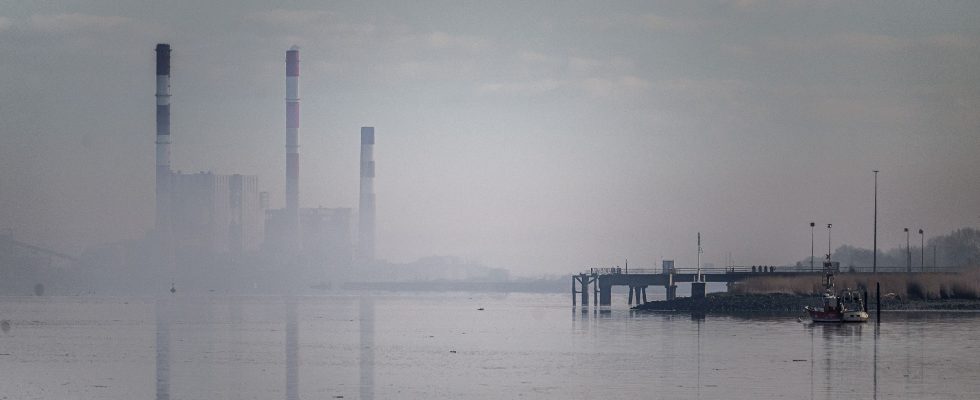“France will be among the first in Europe to get out of coal,” said the President of the Republic, Emmanuel Macron, during his interview on TFI and France 2 news on Sunday evening. A promise already made in 2017 and which had to be kept before 2022. But the war in Ukraine has disrupted the schedule, and the definitive closure of the two French coal power plants should now be done “by 2027”. If the production of these sites represents only 0.6% of France’s energy mix, largely dominated by nuclear energy, they can emit more than 1 million tonnes of CO₂.
But where are our European neighbors? In Germany, it is the opposite path, the return of coal is recorded. In 2022, 27 power plants have obtained authorization to reopen. However, the goal of phasing out coal by 2030 is still in effect. On the side of Poland, the second largest consumer in terms of quantities behind Germany and 40% dependent on coal, we are seeking to obtain from the European Union “more flexibility” in supporting their transition efforts. The country has therefore requested a waiver from the EU to extend state support allocated to coal-fired power plants beyond 2025.
26 coal-fired power plants slated for closure operated during the winter in Europe
In terms of coal consumption, the Czech Republic is second only to Germany and Poland. Its power plants provide about half of the country’s electricity production. Further east, in Romania, the country’s largest lignite (natural fossil coal) mine will open in Oltenia in 2023, for an annual production of 8 million tonnes, reports The Balkan Courier.
Other states, such as Spain, Austria, and Italy, have relaunched their coal production in reaction to the war in Ukraine and the closing of Russian gas taps. Austria decided in June 2022 to reconnect with coal after having given it up two years previously. Greece, 40% dependent on Russian gas, has doubled its lignite production for 2023 and 2024. But this revival should be temporary. In total, within the European Union, 26 coal-fired power plants already shut down or planned to close, finally operated during the winter, according to figures communicated by the NGO Global Energy Monitor.
Those who do not own any coal-fired power plant
Certain member countries are nevertheless exceptions: Latvia, Lithuania, Cyprus, and even Malta do not have any coal-fired power plants on their territory due to an energy strategy based on other fossil energies or on renewable energies, or even a great dependence on neighboring countries, for Malta and Latvia in particular.
Portugal has become the fourth country in Europe to abandon coal. While the energy crisis caused by the war in Ukraine has pushed several European states to reopen or maintain coal-fired power stations. “[Le gouvernement] remains convinced that there will be no need to reverse this decision [jugée] important for the environment”, said the Portuguese Minister of Climate Action, Duarte Cordeiro, a year ago.
From year to year, consumption in Europe continues to decline. In the first half of 2023, demand continued to decline by 16%, mainly due to “lower gas prices, the restoration of nuclear power and greater renewable energy production”, specifies the International Energy Agency. But global consumption, driven by Asia, continues to increase, which was 3.3% in 2022, to reach 8.3 billion tonnes. Record consumption.
